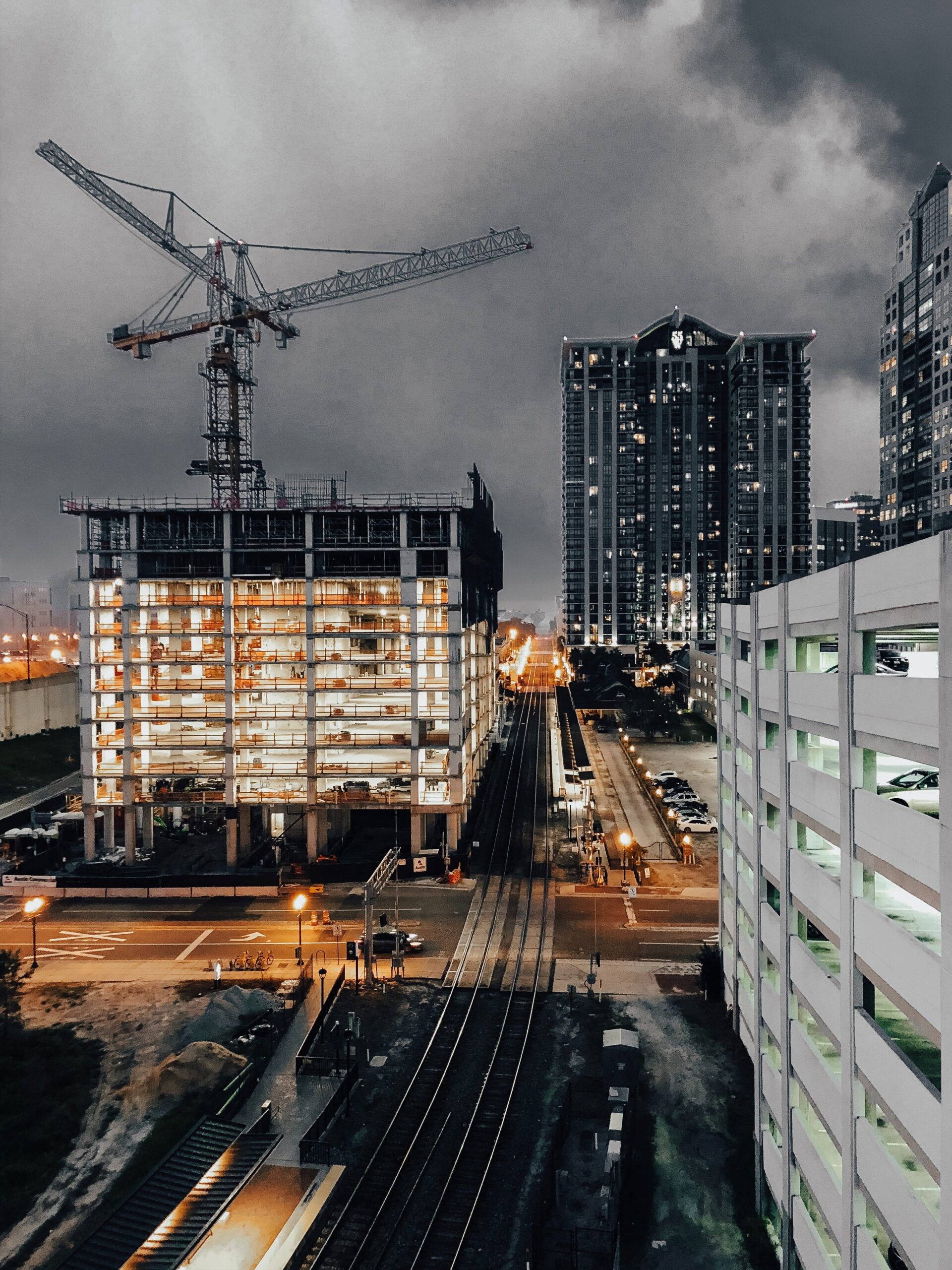Accurately estimating construction costs requires a clear understanding of the project’s plans. After all, an estimate can only be as accurate as the information that goes into creating it. While a project may start out with broadly defined goals, as the project plans tighten up and become more detailed, construction cost estimates will also become increasingly accurate.
To help project owners and industry professionals understand and compare cost estimates at various stages of a project, a common set of cost estimation standards has been developed.
Construction cost estimates can be broken down into five main categories starting with Class 5 as the broadest estimation and going down to Class 1 as the most specific.
Here is a breakdown of the different construction cost estimate classes and how they correspond with where a project is in its lifecycle.
- Class 5 – Class 5 cost estimates are also known as the rough order of magnitude (ROM) estimates. This is a very high-level estimate that can assist with capital planning. “Ballpark” is the name of the game with Class 5 estimates, so accuracy may be as low as 50% below actual costs to more than 100% greater than spend.
- Class 4 – These estimates come into play when project owners are assessing a project’s feasibility. Between 1-15% of the project must be defined at this stage, which is still not much, but the cost estimate accuracy improves markedly on both the low and high ends of the actual capital expenditures.
- Class 3 – When project planning gets underway, project managers create a Class 3 estimate based on initial project plans. These are also called “control” estimates and are used for budget authorization. At this phase, basic designs should be getting close to 40% complete with a broad scope and expected timeline in place. Accuracy continues to improve at this phase and comes in -10 to -20% of actual costs on the low end to +10 to +30% on the high end.
- Class 2 – Also known as a bid or tender estimate, Class 2 estimates are created when 30-70% of the project details are complete. Project data and engineering deliverables should be nearly finalized, and the resulting bid is what is used to establish the contract value of the project. Class 2 cost estimates also include a project’s indirect costs, including overhead, margins, administrative costs, etc. Accuracy is now around -5 to -15% on the low side and +5 to +20% on the high side.
- Class 1 – This is the most accurate category of cost estimates and is calculated using detailed estimation methods. Class 1 estimates are prepared when they are needed for a specific part of the project. Typically, this is for subcontracting purposes, as a way to control change orders or to evaluate the claims of the contractor. Accuracy improves to -3 to -10% on the low side and +3 to +15% on the high side.
Accurately estimating the cost for your SoFla buildout is imperative for a variety of reasons, the least of which is so you can accurately plan and budget for your buildout.
For help understanding cost estimate classes or deciphering an estimate you’ve already received from another GC, give us a call at Seacoast Construction. We’re happy to explain what we see and offer up our professional opinion at no cost to you. Get in touch to schedule a free consultation to discuss your Miami build or renovation project.
- test :


